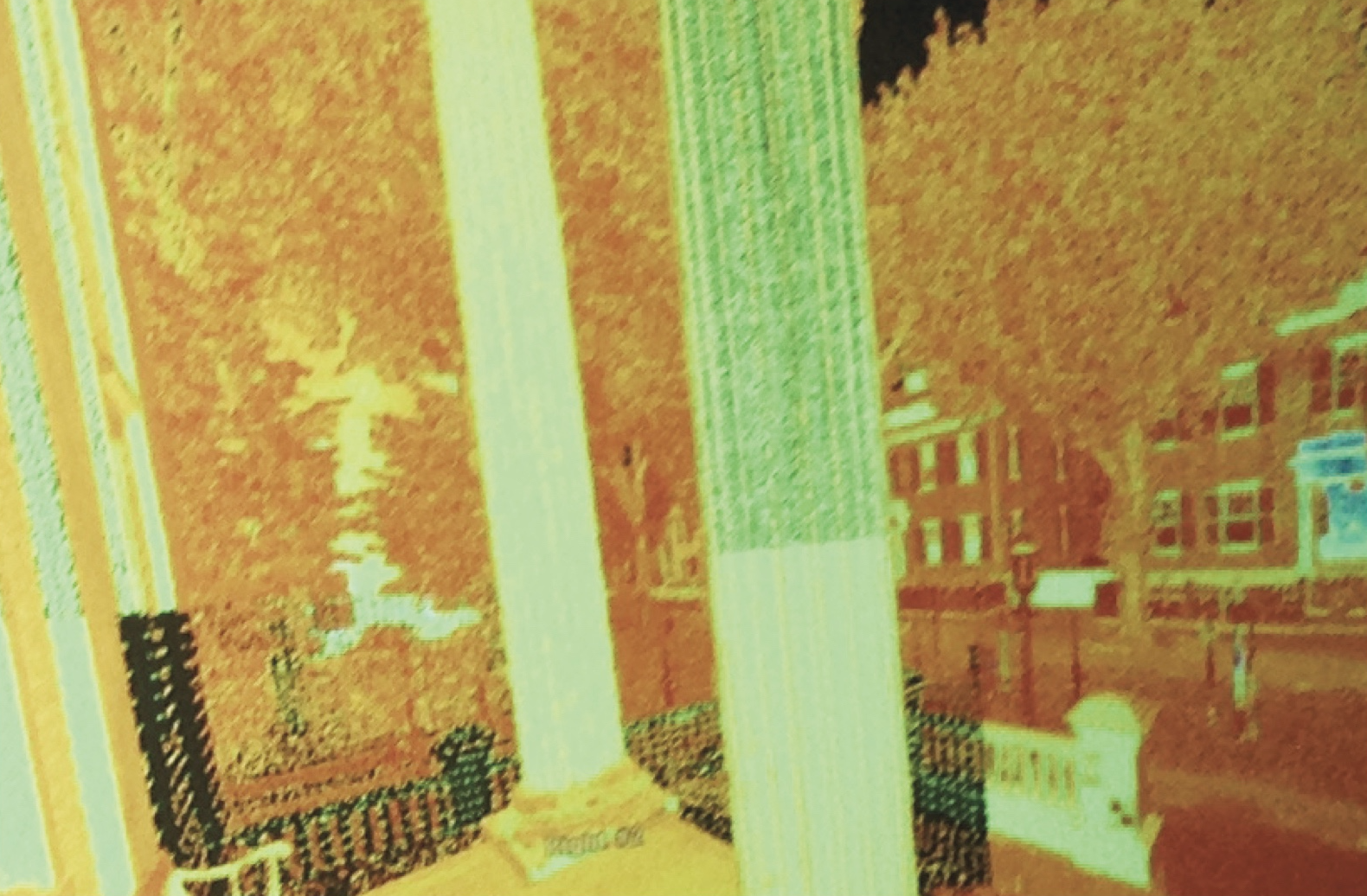
Brigit Luffingham
Glasgow School of Art, 2015

Brigit Luffingham
Glasgow School of Art, 2015
During the summer of 2015, Brigit Luffingham had the chance to spend 3 months participating in the US/ICOMOS International Exchange Programme - working alongside nine other young professionals from around the world, each with an interest in historic preservation and each hoping to gain knowledge, understanding and experience in the field of conservation. The International Council on Monuments and Sites (ICOMOS) is a professional association that works for the conservation and protection of cultural heritage places around the world and plays a pivotal role in advising UNESCO on the designation and management of World Heritage Sites.
The main component of the summer internship was spent at the Preservation Institute: Nantucket (PI:N), which is an off-shoot of the University of Florida’s Historic Preservation programme. PI:N, the oldest preservation field school in the USA, is an interdisciplinary program which exposes participants to the theories and methodologies of international cultural heritage conservation.
The PI:N curriculum is split over two courses with guest instructors from around the world who teach different aspects of heritage management from an international perspective, from documentation methods and materials analysis (a week spent crawling around historic properties collecting material samples and conducting tests in the laboratory to gather historic data from a building’s life), through to modern technologies such as 3D Laser Scanning and Photogrammetry techniques. Everything taught in the programme is practiced through the documentation, research, interpretation, and management of Nantucket’s remarkable heritage.



“Every moment of my summer internship was action-packed; it is clear to me what an incredible experience it was, both personally and professionally.”
— Brigit Luggingham



Nantucket is an island 30 miles south of Cape Cod, in the state of Massachusetts. Its land area is 50 square miles and in 1966 The American National Park Service designated the island, in its entirety, a ‘National Historic Landmark District’ stating that it is the “finest surviving architectural and environmental example of a late 18th- and early 19th-century New England seaport town”. The island is now one of the expensive places to live in the United States, which unfortunately puts its rich heritage at risk. Whilst the external image of the island is strictly monitored, many privately owned properties have lost their historic significance when the interior is modernised.
This issue is something that the island’s Preservation Institute and PI:N are aware of and a number of initiatives are being implemented to raise awareness. These include the Historic Interiors Assessment, a programme to assess the condition of the insides of Nantucket’s privately owned homes, to document key historical features and to investigate the recurring modernisations which happen across the island, and the island’s conservation mantra ‘Gut Fish, Not Houses’. Brigit worked with a team contributing to these programmes and surveying interiors.
“After the placement I travelled to Washington DC to speak in a symposium - ‘Through Fresh Eyes: Emerging Heritage Professionals on Today’s Preservation Questions’. The internship had introduced me to many different documentation methods and so I discussed the needs for thorough documentation of the historic environment.
Brigit was introduced to a wide variety of information about historic preservation and it was a fantastic opportunity to be able to try many different techniques, such as exterior conditions surveys, interiors surveys, materials conservation and community involvement initiatives. These new skills were applied in her career in building conservation.
“After the placement I travelled to Washington DC to speak in a symposium - ‘Through Fresh Eyes: Emerging Heritage Professionals on Today’s Preservation Questions’. The internship had introduced me to many different documentation methods and so I discussed the needs for thorough documentation of the historic environment.
Although it was nerve-wracking presenting to 75 influential heritage professionals, it was a great to have the opportunity to have my experiences and thoughts heard at that level.”
Brigit was introduced to a wide variety of information about historic preservation and it was a fantastic opportunity to be able to try many different techniques, such as exterior conditions surveys, interiors surveys, materials conservation and community involvement initiatives. These new skills were applied in her career in building conservation.
